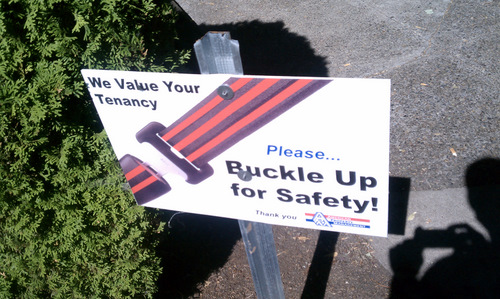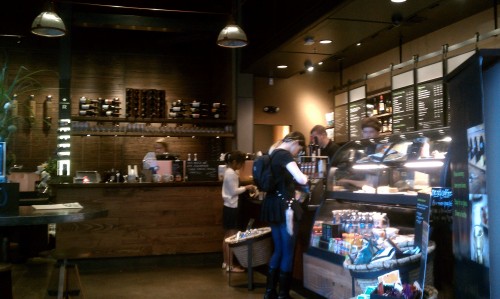Some coffee-related links to distract you from your Friday afternoon work:
I have a hard time imagining anyone getting kicked out of a Portland coffee shop for bringing in their guide dog, but Dovercourt, Essex (UK), is not Portland. link
Guatemalan coffee is famous around the world for its quality, but coffee from Honduras, just next door, isn’t. This is changing, according to the WSJ. link
Green Mountain Coffee’s founder is betting big on the revival of Krispy Kreme’s fortunes. Chairman Robert Stiller now owns over 7 million shares of the donut chain. link
Here’s a link for coffee-loving science enthusiasts. Have you ever seen a coffee stain on a napkin or tablecloth and noticed how there seems to be a dark ring around the edge of it? Ever wondered why? Scientists at the University of Pennsylvania have figured out why, and it has to do with particle shape. link (includes a video)
Starbucks is trying to limit Laptopistani colonization in some of its New York cafés by covering up electrical outlets. With extended-life batteries that are increasingly more common, I doubt the move will have much impact on the number of laptops in the cafés. link
Speaking of people using computers in cafés, check out this guy (shall we call him a Macistani?): link
Score one for free speech. A defamation lawsuit by Gorilla Coffee, a NYC coffee shop, against former employees who posted their complaints against the company online, has been thrown out. link
Starbucks has been in the news in China lately, receiving criticism for selling mugs with a drawing of a famous 11th century Chinese judge on them. Apparently, the deceased judge’s 36th-generation ancestor saw the image and was not happy. This is a great example of how much longer historical memories are in some countries than in the United States. link
I don’t normally link to companies’ press releases, but since this one is from Portland, and is sort of related to coffee (a coffee shaving system?), I figured I’d pass it along. #keepitweirdpdx link
Enjoy the weekend!

